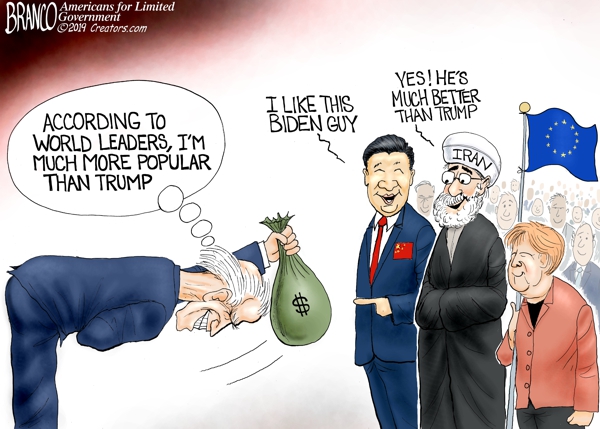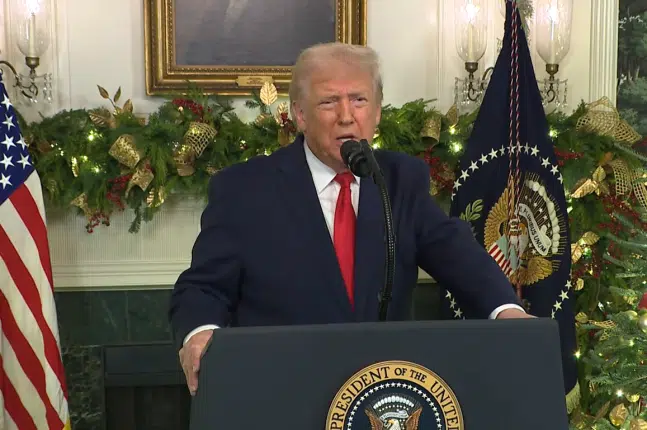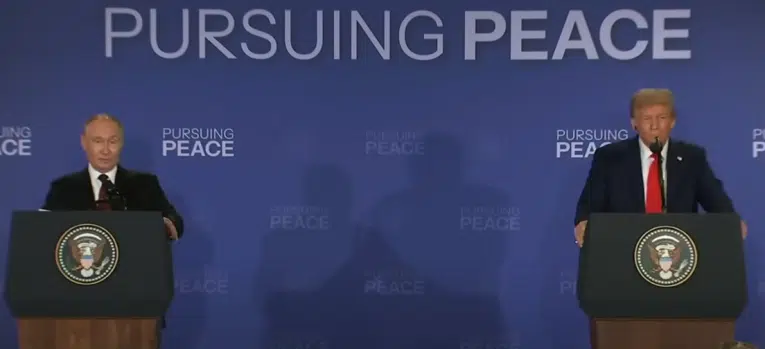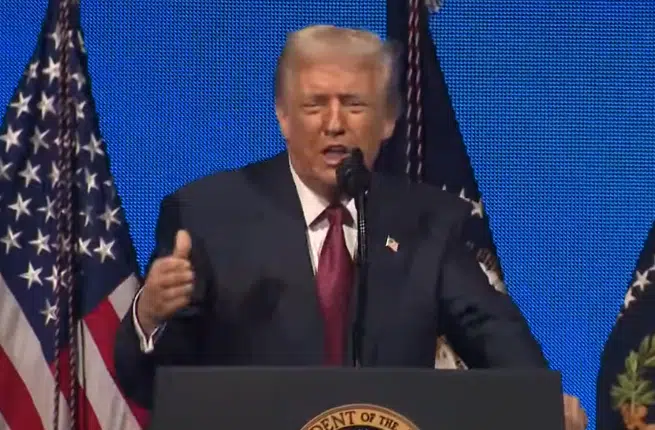Four years ago, President Donald Trump shocked the world when he beat Hillary Clinton in the Rust Belt states of Michigan, Pennsylvania, Ohio and Wisconsin by uniting union households that had traditionally voted Democratic with conservatives on the strength of his America first message on trade and immigration.
Trump’s appeal to working class voters — opposing the North American Free Trade Agreement (NAFTA), China membership in the World Trade Organization (WTO) as well as permanent normalized trade relations, and combating illegal immigration to protect American jobs — is what put him over the top.
Trump’s critics warned there would be no trade deals, and instead a trade war.
Now, four years later, President Trump is touting a 50-year low in in unemployment, sustained growth and new reciprocal trade deals with Mexico, Canada and China. The wall is being built. Illegal immigration is way down with the Remain in Mexico policy in effect. Trump ended NAFTA, and got China to agree to a trade deal even though there’s still a 25 percent tariff being levied, even as the trade in goods deficit with China collapsed by more than 17.6 percent in 2019, or $73.9 billion.
Trump proved that with the effective use of U.S. economic power and leverage — emerging markets still want to sell goods to Americans — better agreements in U.S. interests could be had to bring production back here and enlist our neighbors to help control migration into the U.S.
And Trump can make the case that nobody else would have even tried to get those things done by threatening and levying tariffs, because no other president ever had in modern history. By that measure, Trump’s policies were a success, because they brought trade partners to the table and ultimately hammered out agreements that received wide bipartisan support.
Since 2016, the electoral map has not changed that much. Trump still needs to carry these Rust Belt states to be reelected. That makes turning those states back blue the Democrats’ number one task in 2020.
But to win back those traditional Democratic households in the Rust Belt who voted for Trump in 2016, is former Vice President Joe Biden — who voted for NAFTA and permanent normal trade with China and proposed the Trans-Pacific Partnership — really Democrats’ best choice?
The answer may come in part on Tuesday, March 10 when the Michigan primary occurs. In 2016, Vermont Sen. Bernie Sanders, a self-described democratic socialist, beat Hillary Clinton narrowly in Michigan, exposing deep divisions in the Democratic Party around the issue of trade, with union households favoring Sanders — all forecasting Trump’s eventual victory there.
Even with a comfortable lead for Biden in the polls, about a third of Democrats remain committed to Sanders, exposing Biden’s weakness on trade just like it did for Clinton in 2016 — and leaving an opening for Trump to once again exploit divisions among Democrats.
Biden may just have too much momentum to be slowed down now in the Democratic contest. But in the rush to stop Bernie, however, have Democrats’ paused to consider Biden’s baggage? Where do Bernie supporters in Michigan, particularly those union households, go? That is the crack in the Democratic coalition that Trump will try to take advantage of in November again, with history suggesting it will pay off.
Robert Romano is the Vice President of Pubic Policy at Americans for Limited Government.







